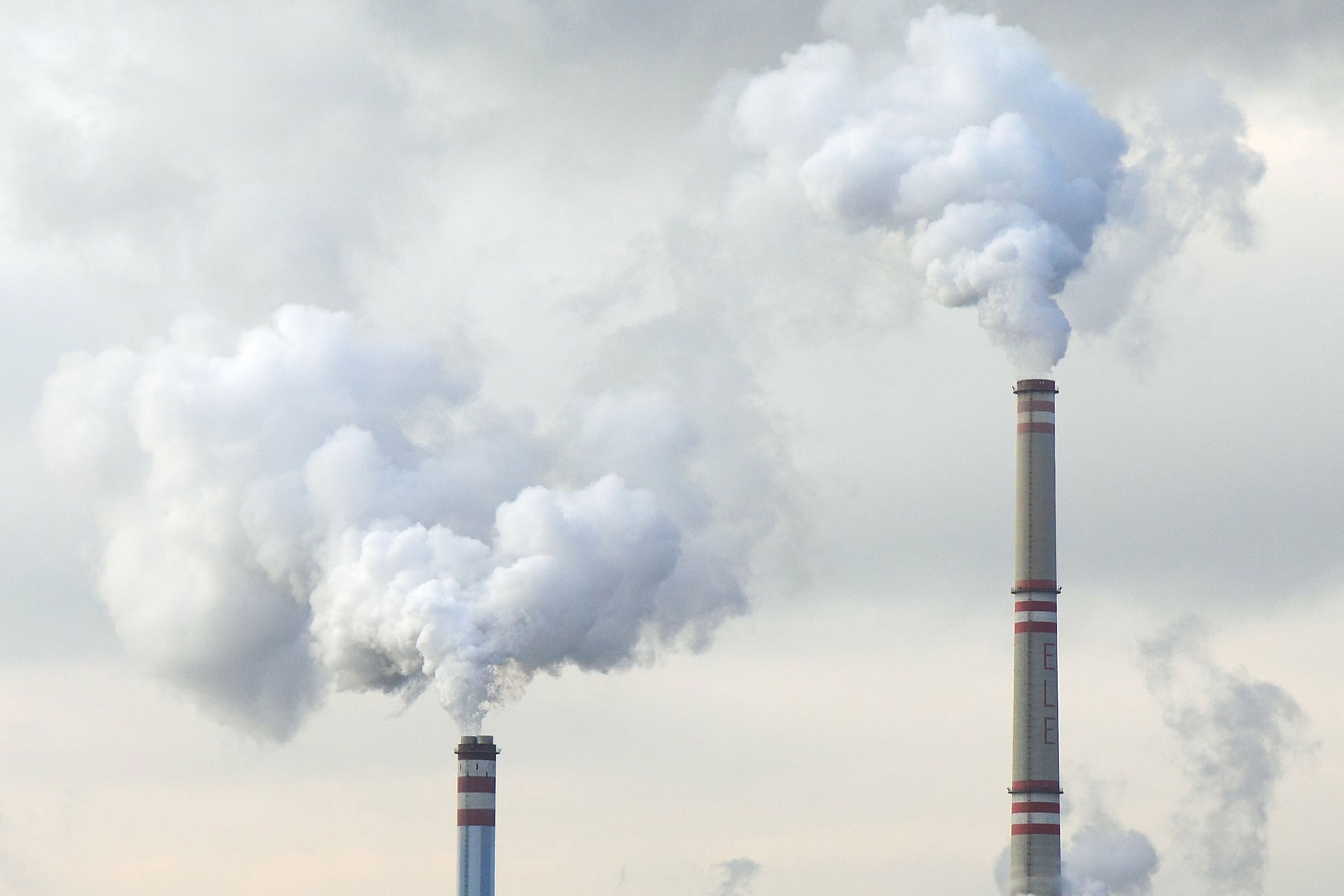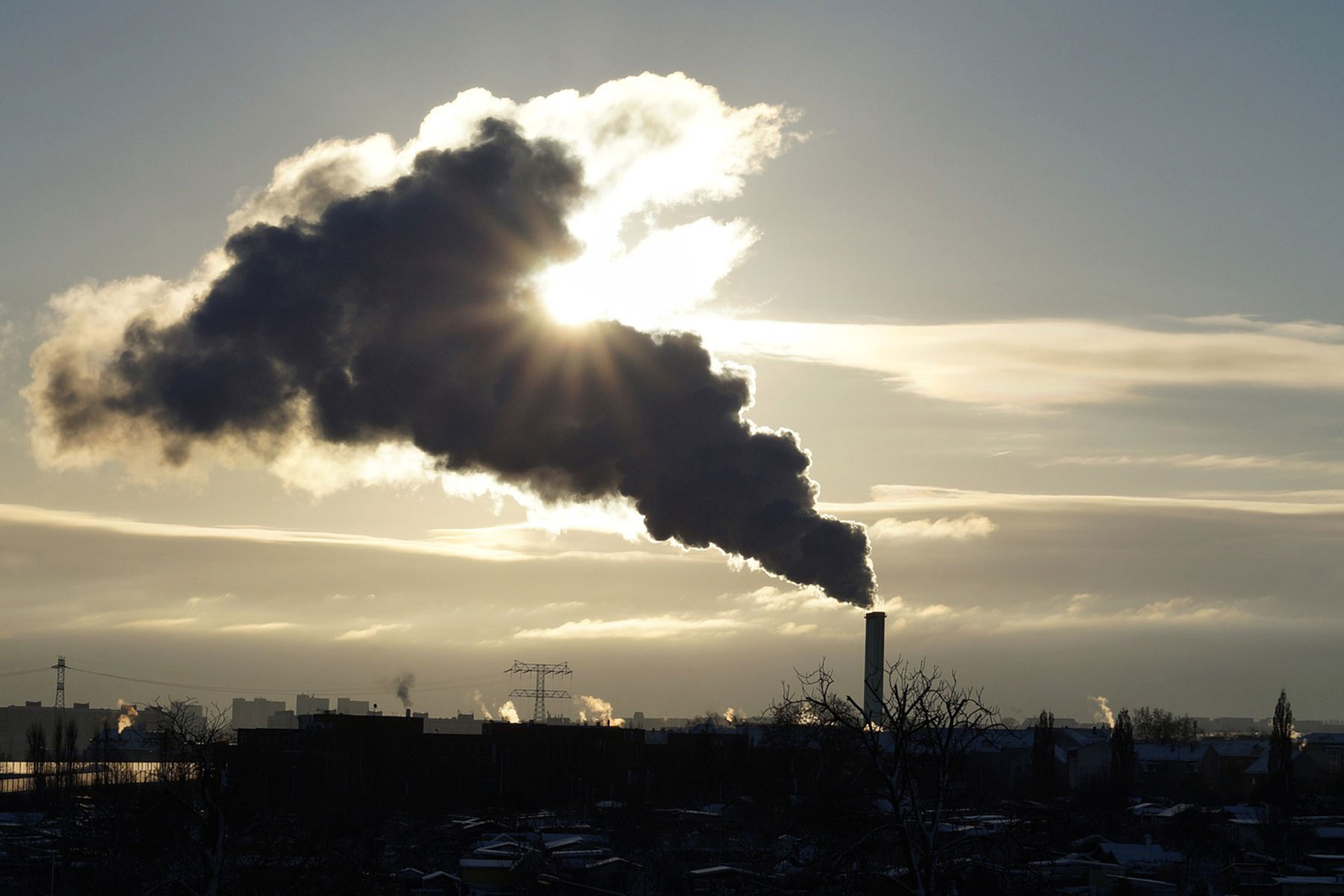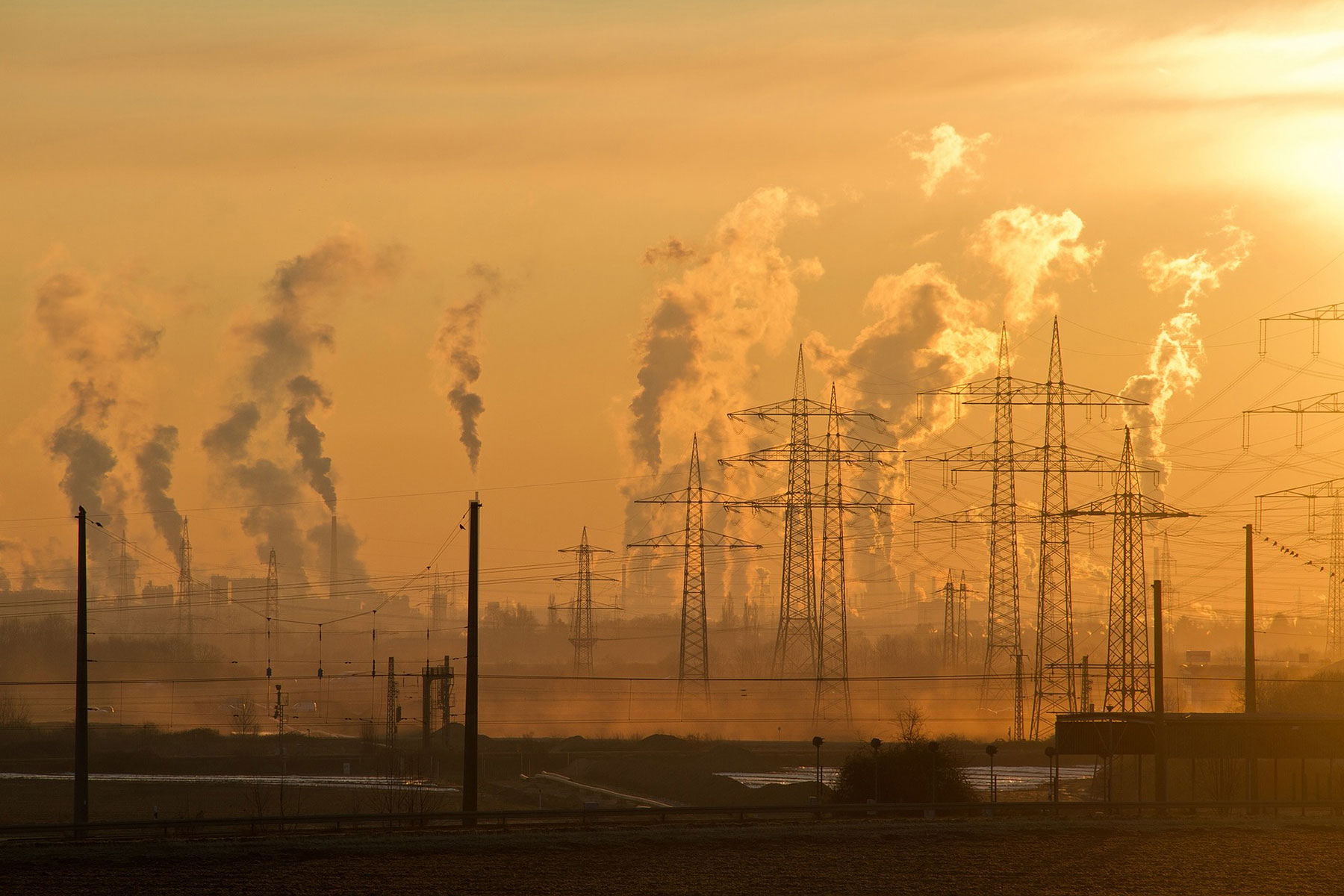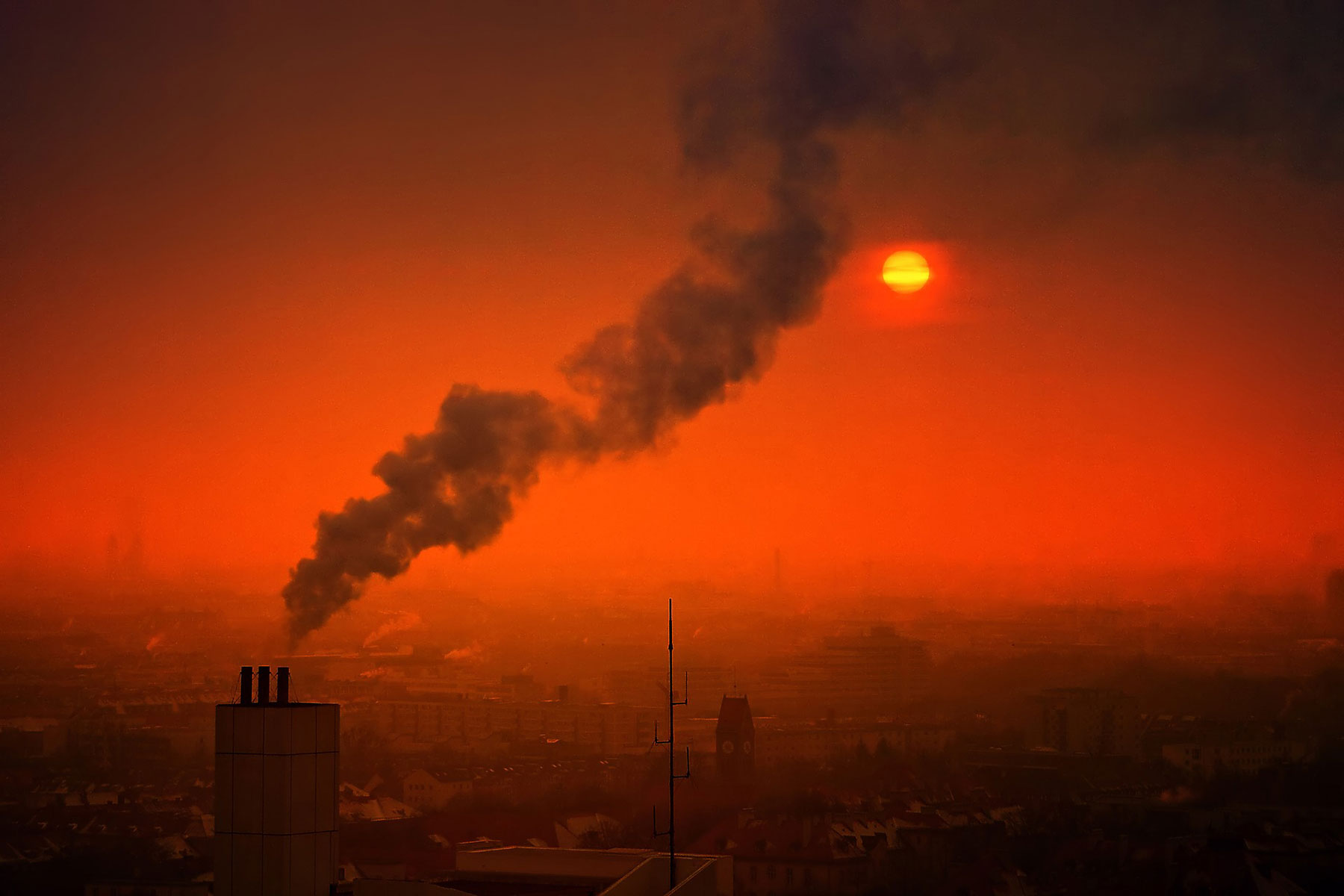
Clean Wisconsin filed legal proceedings against the U.S. Environmental Protection Agency (EPA) in the federal Circuit Court in Washington, D.C. on August 1 to challenge a Trump Administration decision that fails to reduce unhealthy ozone smog in Wisconsin and other parts of the country.
The Clean Air Act requires EPA to designate “nonattainment areas” in counties where air quality fails to meet federal health standards for ozone. The states must then take steps to reduce the amount of ozone smog in the air.
“Ozone causes respiratory irritation,” said Dr. Ann Behrmann, pediatrician and member of the Wisconsin Environmental Health Network. “Ozone also causes swelling (inflammation) of the airways which especially affects children because their airways are smaller. For adults, there have been numerous studies linking air pollution to an increased risk of heart attacks, even in healthy young adults.”
Smog occurs when pollution emitted by power plants, industrial facilities and vehicles reacts with sunlight to form ozone. Ozone smog harms people with respiratory disease, older adults, children and other vulnerable people.
On June 4, the EPA designated a narrow band of “ozone nonattainment areas” in a few Wisconsin counties along the Lake Michigan shoreline. U.S. EPA also announced its decision that other areas in eastern Wisconsin are not violating the ozone air quality standards—a decision directly at odds with EPA’s previous position.
“More air pollution increases chronic disease rates for people living and working in Southeastern Wisconsin,” added Dr. Behrmann. “Childrens’ lungs are still developing and kids are more active outdoors, so they often have more asthma symptoms compared to adults.”
The June designations differ significantly from what EPA proposed less than six months earlier, which was its intention to designate all of Milwaukee, Ozaukee, Racine, Waukesha and Washington Counties as ozone non-attainment areas.
EPA also designated eastern portions of Door, Kenosha, Manitowoc and Sheboygan Counties as ozone non-attainment areas. The Walker administration had pushed back on EPA’s earlier proposal, asking that the entire state be declared in compliance.
“This legal challenge builds on our almost 50 years of work to help ensure that everyone in Wisconsin, especially our most vulnerable residents, can breathe clean, healthy air,” said Mark Redsten, CEO of Clean Wisconsin.
















